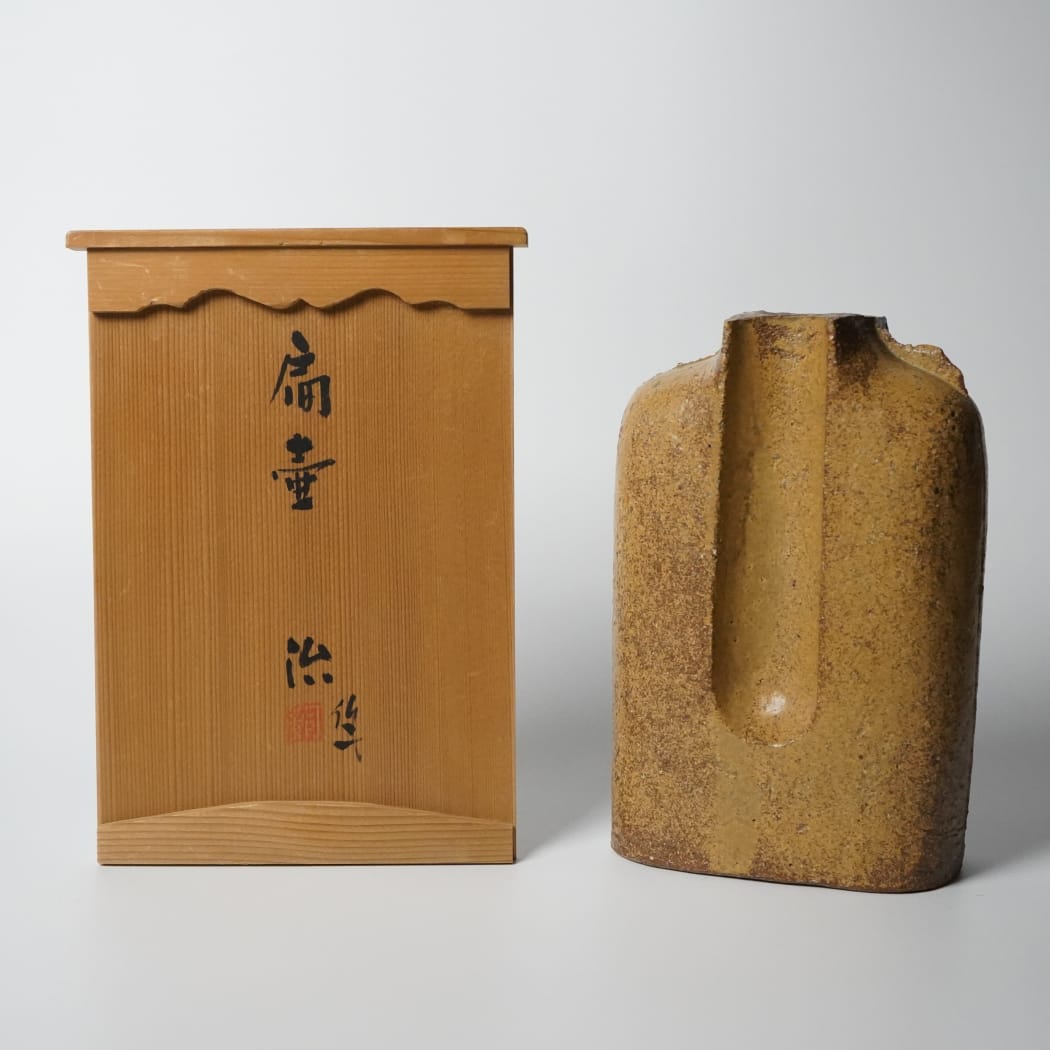
As a co-founder of the avant-garde group Sodeisha 走泥社 in the 1940s, Suzuki Osamu was integral to the modernization of Japanese art after World War II. He and his peers were the first to create ceramic sculptures that functioned solely as aesthetic objects rather than functional items. With this structured piece, he takes his work fully into the realm of sculpture. Alongside Kumakura Junkichi during the 1970s, the potters explored how sculpture could blend into functional daily life, bringing the concept and category of modern “Design” as we know it today to Japan.
This piece seems to be inspired by many movements of the time in the 1970s. For one, architectural and design (Functionalism) movements such as Brutalism in the mid century, wherein Suzuki has brought the influence of different categories of functional vessels into the realm of ceramics. He uses a naturalistic color palette, with neutral tones, while also recalling the pragmatic angles of Brutalist architecture, inspired by the export of economic council housing from Europe to Japan during the Meiji restoration well into the mid-20th century.
During the time, the influence of otherworldly exploration was also a source of inspiration for Suzuki. During the period following an age of the “Space race” and exploration of “New worlds”, and relatively recent globalization during the postwar era, the influence of mechanical reproduction and form surely made its way into the visual vocabulary of Suzuki’s forms.
